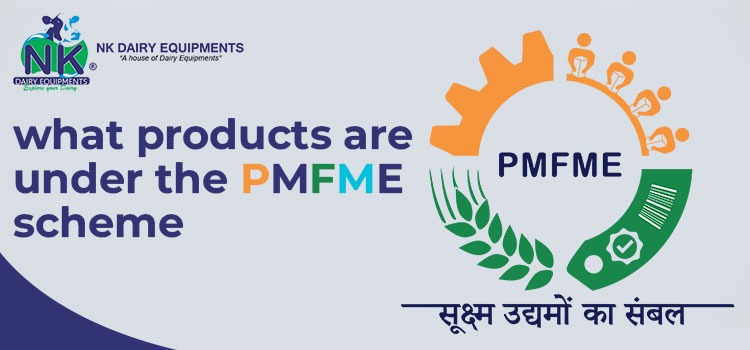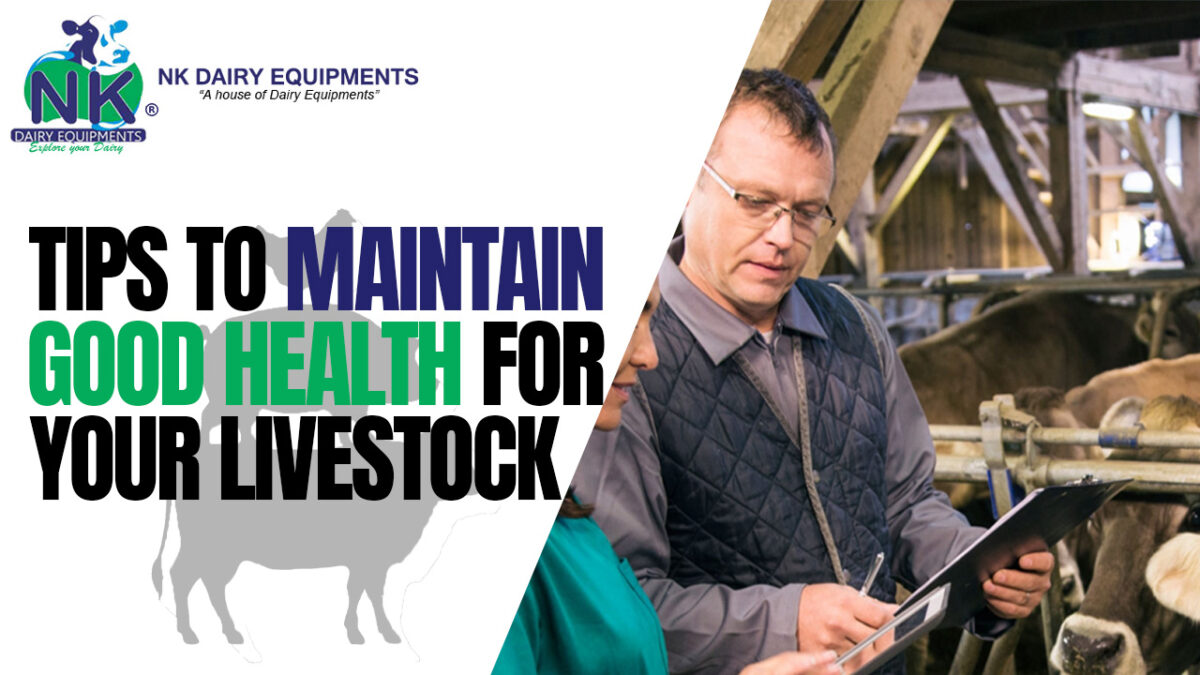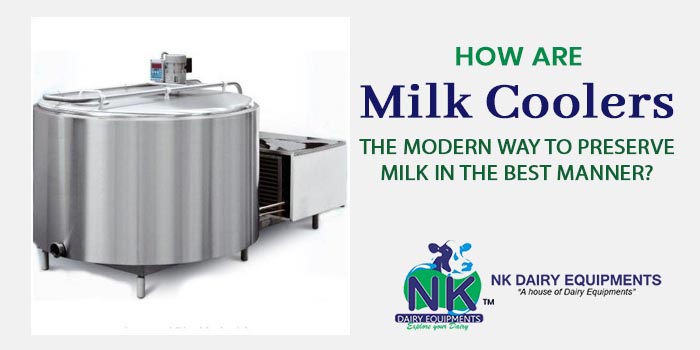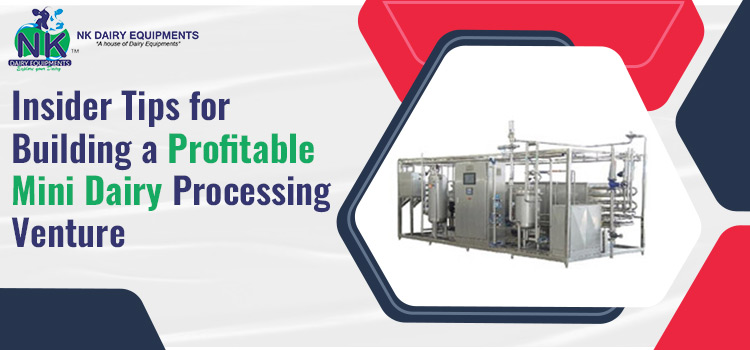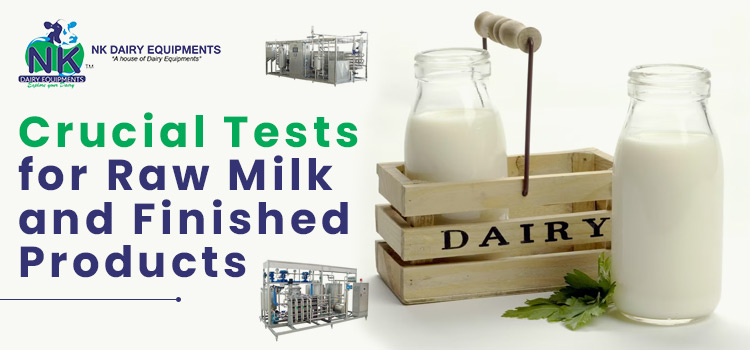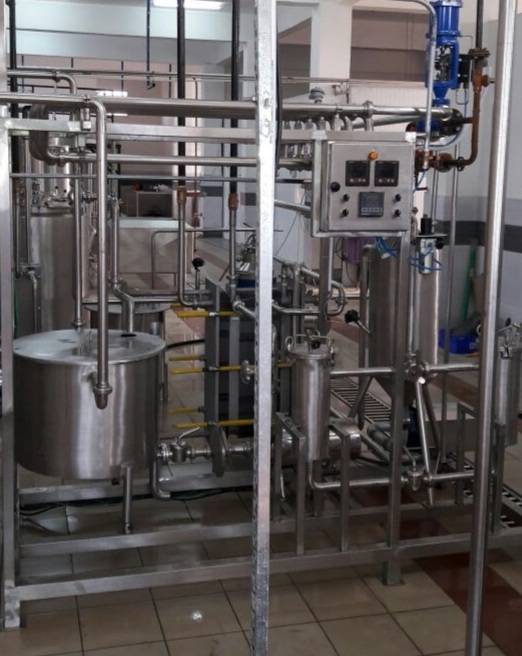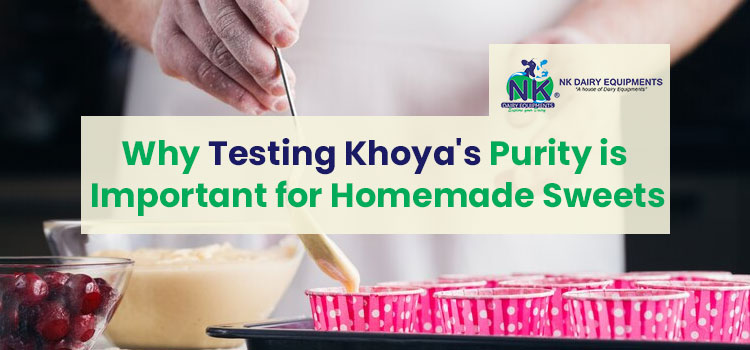Micro food processing businesses (MFPEs) are crucial to India’s food sector since they support millions of people’s livelihoods and the nation’s economic development.
However, many of these businesses confront a number of difficulties, including a lack of access to cutting-edge technology and equipment, poor infrastructure, and a lack of funding.The Indian government introduced the PMFME scheme in 2020 to assist and empower MFPEs around the nation in order to address these concerns.
In this article, we will discuss how the PMFME scheme is empowering micro food processing enterprises in India, with a specific spotlight on the dairy sector and the role of dairy equipment manufacturers in India in this process, including the production of Khoya machines and Ghee plants.
What is the PMFME Scheme?
The PMFME (Pradhan Mantri Formalization of Micro Food Processing Enterprises) Scheme is a lead plan of the Service of Food Processing Ventures (MoFPI) sent off in 2020 with an all out expense of Rs. 10,000 crore.
The essential target of the plan is to formalize and modernize the sloppy micro food processing area in India by furnishing them with monetary help, specialized help, and admittance to business sectors. The plan expects to upgrade the seriousness of MFPEs and advance their development and extension, accordingly setting out business open doors and expanding ranchers’ pay.
Role of Dairy Equipment Manufacturers in India
Dairy is an essential area in the Indian food industry, and it assumes a huge part in the nation’s economy. With the ascent sought after for dairy items in India and around the world, the requirement for current and proficient dairy equipment has become critical.
NK Dairy Equipments is one of the main dairy equipment manufacturers in India that works in the creation of Khoya machines, Ghee plants, and other dairy equipment.
The organization has been at the very front of giving imaginative and high-level dairy equipment to the Indian market and has been taking care of the necessities of little and medium-sized dairy homesteads and processors.
How PMFME Scheme Empowers Micro Food Processing Enterprises in India
Under the PMFME Scheme, micro food processing enterprises can profit from different advantages, including credit-connected sponsorship, awards for reverse and forward linkages, and normal offices like testing, bundling, and advertising.
The plan gives monetary help of up to Rs. 10 lakh to qualified MFPEs to set up their units and modernize their tasks. This help empowers MFPEs to gain new machinery and equipment, including dairy equipment, and overhaul their creation processes, subsequently upgrading their efficiency and proficiency.
Role of Dairy Equipment Manufacturers in Empowering MFPEs
Dairy equipment manufacturers like NK Dairy Equipments assume a significant part in empowering MFPEs under the PMFME Scheme. NK Dairy Equipments gives a scope of dairy equipment, including Khoya machines, Ghee plants, milk processing plants, and milk stockpiling tanks, among others, to MFPEs under the PMFME conspire.
The organization likewise gives specialized help and after-deal backing to MFPEs to guarantee the smooth working of their dairy equipment.
Conclusion
The PMFME Scheme has been instrumental in empowering micro-food processing enterprises in India by giving them fundamental monetary help and specialized help to modernize and formalize their tasks.
Dairy equipment manufacturers like NK Dairy Equipments play had an urgent impact in this cycle by giving excellent and effective dairy equipment to MFPEs and helping them in redesigning their creation processes.
With the PMFME plans proceeding with execution and backing from dairy equipment manufacturers, MFPEs in India can continue to develop and add to the country’s economic development.



